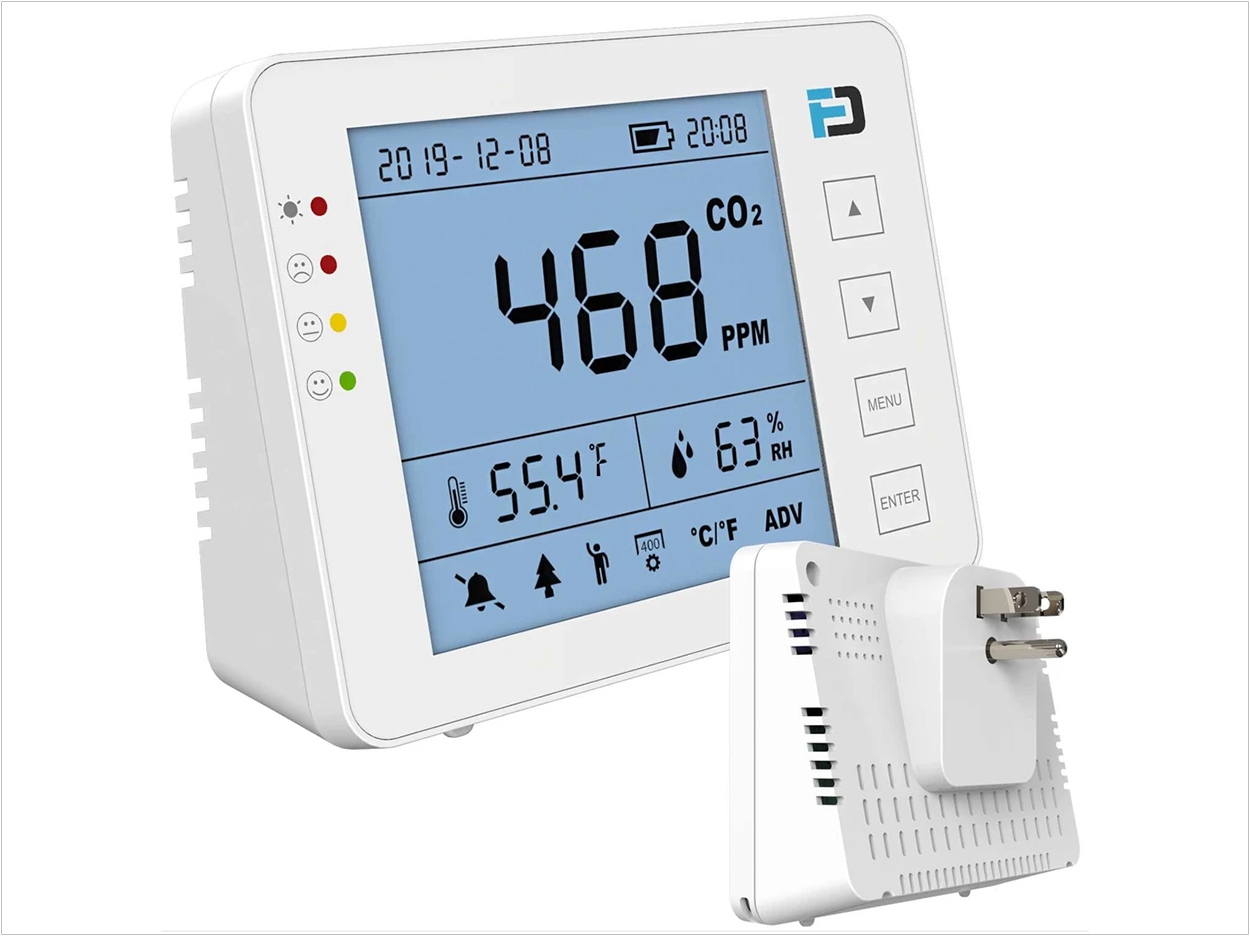
Dental offices can use carbon-dioxide (CO2) levels to determine their ventilation rates and assess their indoor air quality, according to researchers at the University of Rochester Eastman Institute for Oral Health.
The researchers conducted CO2 concentration and ventilation rate assessments in 10 closed dental treatment rooms with varying air change rates by ventilation. Mechanical ventilation rates in air change per hour was measured with an air velocity sensor and airflow balancing hood.
CO2 is a byproduct of human metabolism and exists in high levels in exhaled air, so it often is used as a proxy for indoor air quality, the researchers said.
The results showed that CO2 levels in dental treatment rooms could be measured with a simple consumer-grade CO2 sensor and that ventilation rate could be determined by either natural or experimental buildup of CO2 levels in dental settings, the researchers said.
Assessing CO2 levels allows dental care professionals to conveniently and accurately calculate the ventilation rates in their offices and help them to devise effective strategies for ventilation improvement, according to the researchers.
Also, the researchers said the study demonstrated that ventilation rates in air change per hour could be accurately assessed by observing CO2 levels after a simple mixing of household baking soda and vinegar.
Accurate measurements of ventilation rate in dental settings are important for risk assessment and for risk mitigation, especially during the COVID-19 pandemic,” said Nicholas Jakubovics, editor in chief of the Journal of Dental Research, which published the study.
“This study demonstrates the precision of a practical tool that will enable dental care professionals to conveniently and accurately monitor CO2 levels and assess the ventilation rates in order to devise a pragmatic and effective strategy for ventilation improvement in their work environment,” said Jakubovics.
Related Articles
OSHA Issues Guidelines on Workplace Ventilation
Air Quality Enhancements Boost Dental Practice Infection Control
Three-Step Plan Improves Indoor Air Quality in Open-Space Offices












